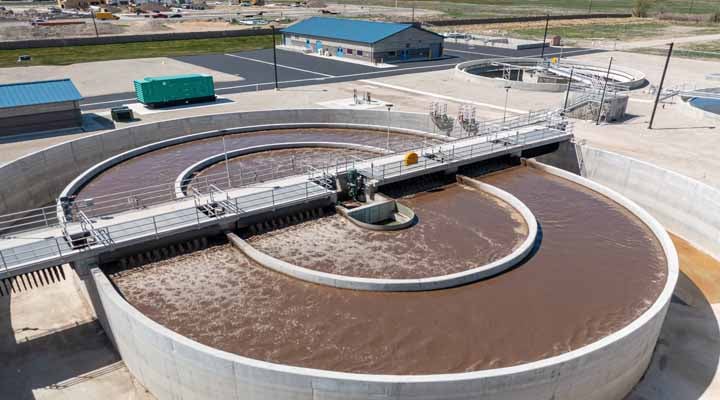As is widely known, phosphorous is an essential nutrient for all forms of life, performing a vital role in the operating functions of animal plant and microbial cells. As such, it’s a key component of the fertilizers we use in gardens, on golf courses, and, perhaps most importantly, on crops.
For today’s wastewater treatment plants, addressing nutrient content in discharge is a growing concern due to an increased focus on water quality issues and new environmental regulations around nutrient pollution. Wastewater operators are facing emerging requirements for the removal of phosphorus in particular, which can pose a threat to infrastructure and the environment causing problems such as eutrophication in waterbodies and a buildup of struvite in mechanical systems.
 Evoqua can help provide best options for phosphorus management, from new treatment plants, retrofits, upgrades, or sustainable nutrient recovery applications.
Evoqua can help provide best options for phosphorus management, from new treatment plants, retrofits, upgrades, or sustainable nutrient recovery applications.Learn more about changing phosphorus limits and explore options for meeting current and future environmental needs.


